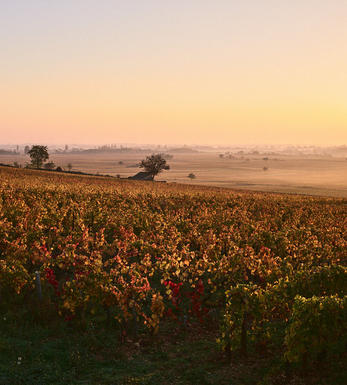
2018 Savigny-lès-Beaune, Les Vergelesses, 1er Cru, Domaine Tawse, Burgundy

About this WINE

Domaine Tawse
Our relationship with Domaine Tawse goes back to the days of Domaine Maume, which was purchased in 2012 by Canadian Moray Tawse.
The domaine is today run by Englishman Mark Fincham. A thoughtful and articulate winemaker, Mark can be relied upon for an original take on the vintage, and on the state of vinous play in Burgundy generally. Mark farms the estate biodynamically.

Savigny-lès-Beaune
Savigny-lès-Beaune is situated within France’s larger Burgundy wine region, celebrated for its intricate terroir-driven winemaking traditions. The village lies just north of the town of Beaune and is known for producing red and white wines, although red wines dominate in quantity.
The reds are primarily made from Pinot Noir grapes, which thrive in the region’s limestone and clay-rich soils. These wines often balance ripe fruit flavours like red cherries and raspberries, earthy forest floor notes, and a refined structure of moderate tannins and vibrant acidity.
The whites from Chardonnay grapes display a refreshing acidity and diverse flavours, from zesty citrus and green apple to more complex hints of hazelnuts, white flowers, and mineral nuances.
Due to its hilly landscape, Savigny-lès-Beaune benefits from a mosaic of microclimates and various soil types, allowing for subtle variations in the wines produced across its multiple vineyards or “climats.” These climatic and soil distinctions contribute to the unique character of each wine, emphasizing the concept of terroir – the idea that a wine’s flavour and personality are intricately tied to its specific place of origin.
The winemakers in Savigny-lès-Beaune are deeply committed to traditional winemaking methods, paying meticulous attention to detail during vineyard management and the winemaking process. Hand-harvesting, careful sorting of grapes, and gentle extraction methods are standard practices, ensuring that the wines reflect the essence of the terroir while maintaining a sense of finesse and elegance.

Chardonnay
Chardonnay is often seen as the king of white wine grapes and one of the most widely planted in the world It is suited to a wide variety of soils, though it excels in soils with a high limestone content as found in Champagne, Chablis, and the Côte D`Or.
Burgundy is Chardonnay's spiritual home and the best White Burgundies are dry, rich, honeyed wines with marvellous poise, elegance and balance. They are unquestionably the finest dry white wines in the world. Chardonnay plays a crucial role in the Champagne blend, providing structure and finesse, and is the sole grape in Blanc de Blancs.
It is quantitatively important in California and Australia, is widely planted in Chile and South Africa, and is the second most widely planted grape in New Zealand. In warm climates Chardonnay has a tendency to develop very high sugar levels during the final stages of ripening and this can occur at the expense of acidity. Late picking is a common problem and can result in blowsy and flabby wines that lack structure and definition.
Recently in the New World, we have seen a move towards more elegant, better- balanced and less oak-driven Chardonnays, and this is to be welcomed.


Buying options
Add to wishlist
Description
This is a southeast-facing vineyard which – as the name suggests – is on the border with Pernand-Vergelesses. A cool site, it benefits from relatively high altitude as well as fresh breezes through the valley behind. The nose has a mix of white fruit and oatmeal, while the palate is crisp and juicy with a creamy, toasty character and crisp citrus freshness underneath. The finish has a pleasing pithy texture and a touch of struck match. Impressive! Drink now to 2025.
wine at a glance
Delivery and quality guarantee